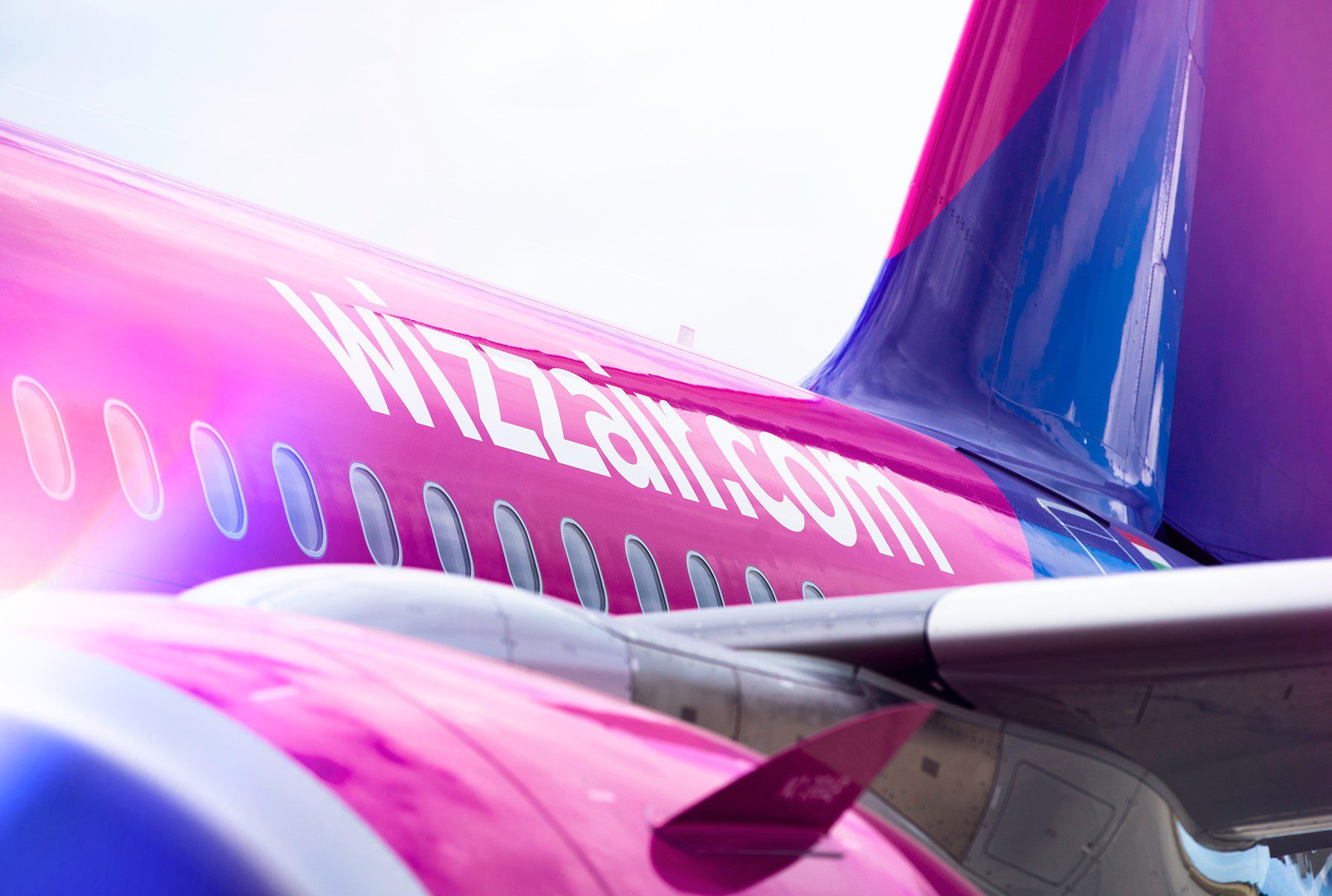
102459917 2966664076744325 294999175890731008 n
Wizz Air’s policy not to hedge fuel costs has bitten it hard in the first quarter of FY23. While passenger numbers and revenues significantly increased, they were negated by the effects of higher fuel and operating costs. It pushed the ultra-low-cost carrier into a €452.5 million net loss for the April to June quarter compared to €-118.5 million for the same period last year, it reported on July 27. Soaring fuel costs and Dollar hurt unhedged Wizz Air.
Wizz Air completed what it called ‘the largest summer ramp-up’, operating at 130 percent capacity compared to pre-pandemic levels. As a result, passenger numbers grew to 12.2 million from 2.9 million and the load factor to 84.6 percent. Revenues were up to €808.8 million from €199 million in Q1 last year, of which €392 million came from tickets (+9 percent per passenger compared to FY22) and €416 million from ancillary revenues (-9 percent per pax).
On the downside are the high fuel costs, with fuel prices doubling year on year. Together with the ramp-up, this pushed the fuel bill up to €508 million compared to €63.5 last year. This is the direct result of Wizz Air not hedging its fuel costs for a long time. Only on June 16, it said that the airline reinstated a hedging policy for HY2 FY23 by using fuel caps. It is now hedged at 46 percent for the rest of this year and is at twenty percent for FY24.
Other costs like staff costs, and airport and ATC charges also went up and resulted in total expenses of €1.093 billion versus €307.7 million. Consequently, unit costs per available seat kilometer (CASK) were +40 percent, whereas unit revenues (RASK) were at -10 percent. This produced an operating loss of €-284,5 million (2021: €-108.7 million). The high rate of the US Dollar versus the Euro resulted in a non-cash charge, so Wizz ended Q1 with a net loss of €452.7 million. Back in June at the presentation of the FY22 results, Wizz already predicted that Q1 would be loss-making.
Adding buffers to its operations
Like many airlines, Wizz Air hasn’t been immune to operational challenges. Continuous Covid infections resulted in travel restrictions in April and May and also led to staff shortages, forcing the airline to cancel flights. ATC labor shortages and delays also seriously affected operations. Flight disruptions are now getting back to normal levels thanks to adding buffers to its operations to build in redundancy. Wizz has responded by “making tactical capacity reductions from June onwards to increase the agility of our operation and supply chain.” This means capacity has been trimmed by another five percent.
Wizz Air is optimistic that the worst of flight disruptions is over. (Wizz Air)
“Obviously, that is costing us utilization and capacity. We have been making adjustments in two ways: paging down the intended growth for Q2 from 140 to roughly 130 percent over 2019, and the last five percent capacity adjustment. This is coming in net-neutral to the financial performance because we are able to yield-up capacity and we are able to stay at compensation costs, so net-net it is financially neutral to the business. Having said that, it is undermining utilization and an opportunity to going forward”, CEO Jozsef Varadi said. The extra redundancy in its operations is also evident in the bigger workforce, which has grown to 6.350 from some 4.000 a year ago.
Extra capacity in growth markets and CEE
When Wizz earlier in Q1 ramped up capacity for the summer season, about one-third of the extra capacity was deployed on markets that have been the focus of attention since the pandemic. It wants to strengthen its market share in its core Central East European market by growing frequencies by 73 percent. In Europe, it grew in Italy, where it opened a new base in Venice with two aircraft. Rome and Catania got one extra aircraft. In the UK, Cardiff is a new base with one aircraft, while Doncaster was closed. London Gatwick has got four extra aircraft, bringing the fleet there to five aircraft, while at Luton the fleet has grown by one to eleven.
Tirana (Albania) now has two extra aircraft to bring the fleet to eight. Its three bases in Poland (Warsaw, Gdansk, Katowice) were grown by five aircraft, Rumania (Cluj and Craiova) by two, Cyprus (Larnaca) by one, and Wizz’ home airport in Hungary (Budapest) also by one to bring it to twelve aircraft. Earlier this week, Ryanair said that it has now become the largest airline in Budapest with a 30 percent market share ahead of Wizz, but Wizz Air states it has a 33 percent share in its home market. Wizz Air Abu Dhabi is also growing its business,
Wizz Air ended the quarter with €1.6 billion in cash, up from €1.4 billion. It took delivery of eight Airbus A321neo’s this quarter, financing six of them through a Japanese JOLCO transaction and two via sale and leasebacks. Four A320ceo’s were returned to their lessors, which brought the fleet to 157 aircraft. In FY23, Wizz expects to take delivery of another 36 A322neo’s and will retire eleven older aircraft. Upgauging the fleet with the A321neo’s has grown the average seat number to 214.
Q2 should produce material profit
In Q2, Wizz plans to grow capacity by thirty percent or forty percent in HY2. This could have been 49 percent given the fleet size, but maintaining it at forty percent is more cautious as buffers are taken into account. “We are adjusting capacity according to market conditions, we are not growing capacity for the sake of growth”, said Varadi. The load factor should hit ninety percent or more in July. As unit costs/CASKs should go down to historical levels, Wizz expects to end Q2 with a material operating profit again but it isn’t giving further financial guidance for the remainder of FY23.
Views: 11




